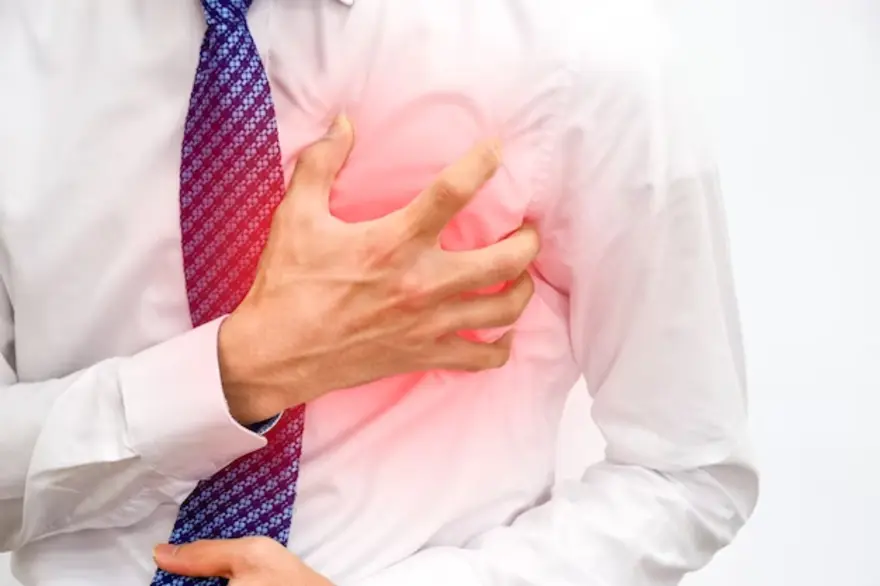
Chest pain is a common symptom that can result from various underlying conditions, ranging from mild to life-threatening. It can be caused by heart-related issues, lung conditions, digestive problems, muscle or bone injuries, and psychological factors. Proper diagnosis and treatment are essential for addressing the cause of chest pain and preventing complications.
Chest pain is discomfort or pain felt anywhere along the front of the body between the neck and upper abdomen. It can vary in intensity, duration, and character (e.g., sharp, dull, burning, or aching). The causes of chest pain are diverse and include cardiovascular problems (e.g., angina, heart attack), respiratory issues (e.g., pneumonia, pulmonary embolism), gastrointestinal disorders (e.g., acid reflux, peptic ulcers), musculoskeletal conditions (e.g., costochondritis), and anxiety or panic attacks.
Diagnosing and treating chest pain involves several steps to determine the underlying cause and appropriate management:
Nebulizers are used for respiratory treatments, but chest pain management involves other methods depending on the cause, including:
Understanding the causes and treatment options for chest pain can help individuals manage their symptoms effectively and seek appropriate medical care when necessary.
© 2021-2025 Wyandotte Urgent Care Clinic. All Rights Reserved. Made With Love by Ignite Marketing Agency.